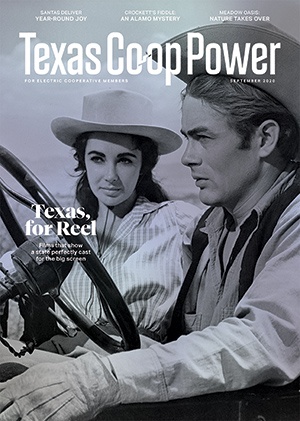The plants around me were so thick that I could barely see beyond the hiking trail. Above me, the fronds of native, 50-foot palm trees swayed with the breeze. Suddenly the green canopy overhead erupted into a squawking symphony so loud I thought I was being attacked. I wanted to run for my life. Instead I calmly looked up to see a flock of birds dancing atop the palms. My pocket guide identified them as chachalacas. It was the first of more than two dozen bird species I would identify that day.
I was hiking along the trails of the Sabal Palm Sanctuary, a 557-acre preserve operated by the Gorgas Science Foundation in southeast Brownsville, near the southernmost point in Texas. This refuge was part of a sugar cane plantation in the 19th century, when steamboats churned along the nearby Rio Grande. The sanctuary’s visitors center sits inside the immaculate Rabb Plantation House that was built in 1892 and is worth a visit on its own. However, most visitors don’t stay long in the mansion, as they’re eager to hit the 3 miles of trails and identify avian species they can add to their birding life list.
Hiking below the palms was an experience that transported me to a tropical environment that seemed more likely to be in a different part of the world. Sabal palms, particularly native ones, are rare in Texas. This grove is the last piece left of a native palm forest that once extended 80 miles inland, throughout the Rio Grande Valley. As I stood on the Rio Grande observation deck without a fence or a building in sight, it wasn’t hard to imagine a world without humans, where palm trees prosper and chachalacas can scream to their hearts’ content.


